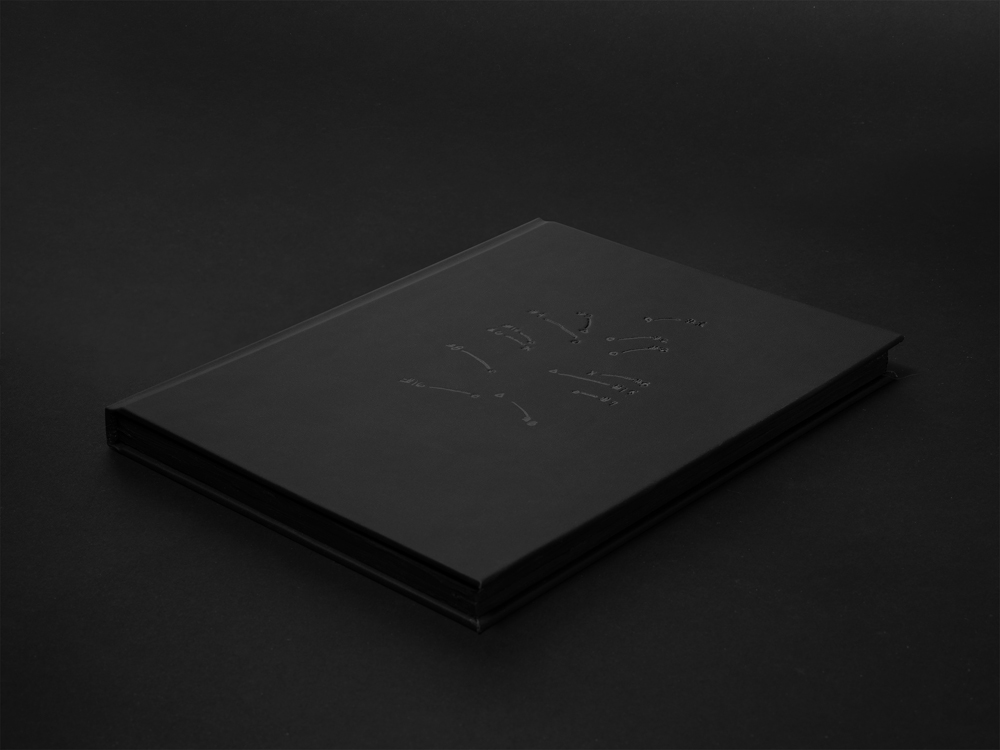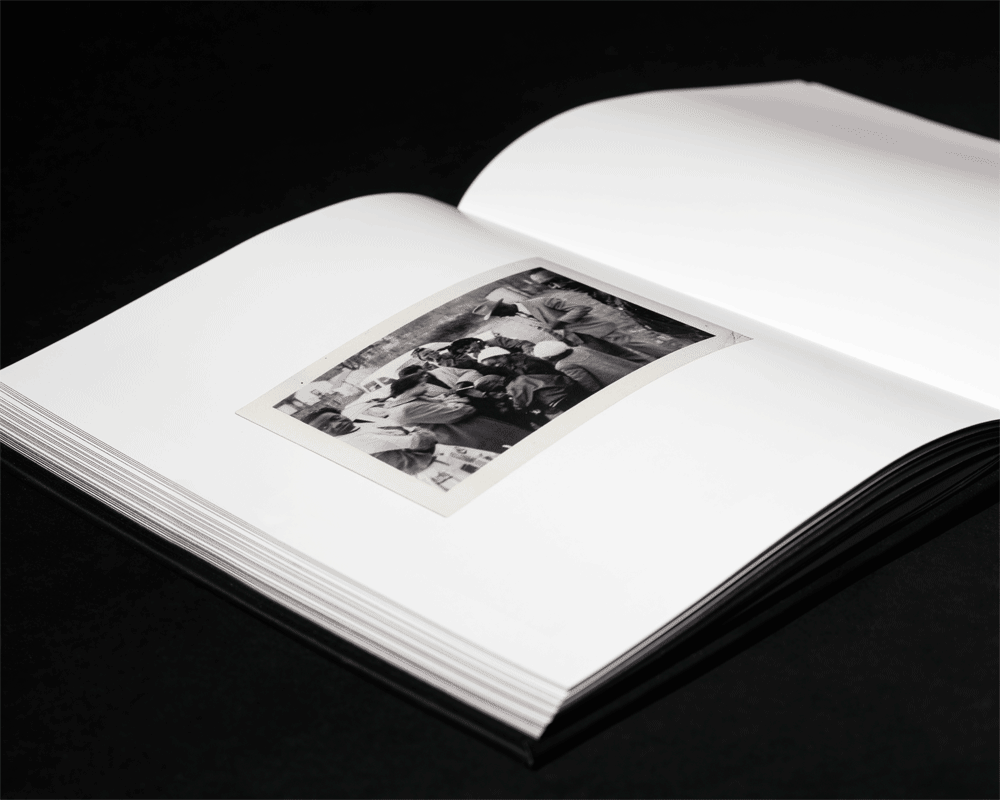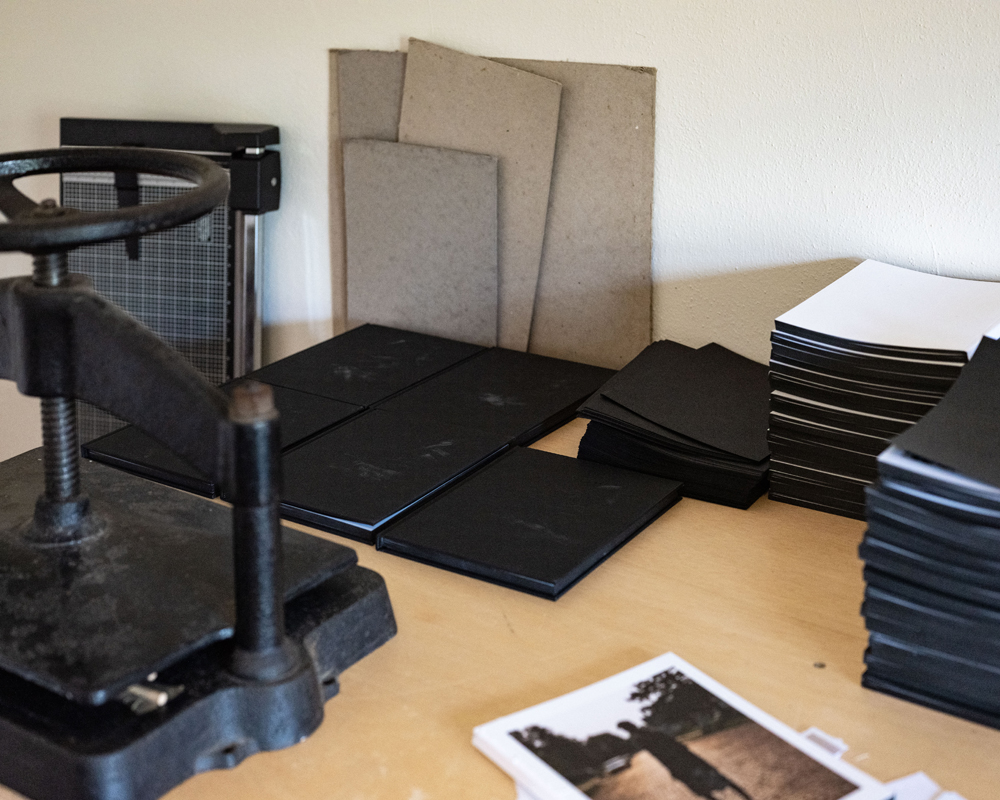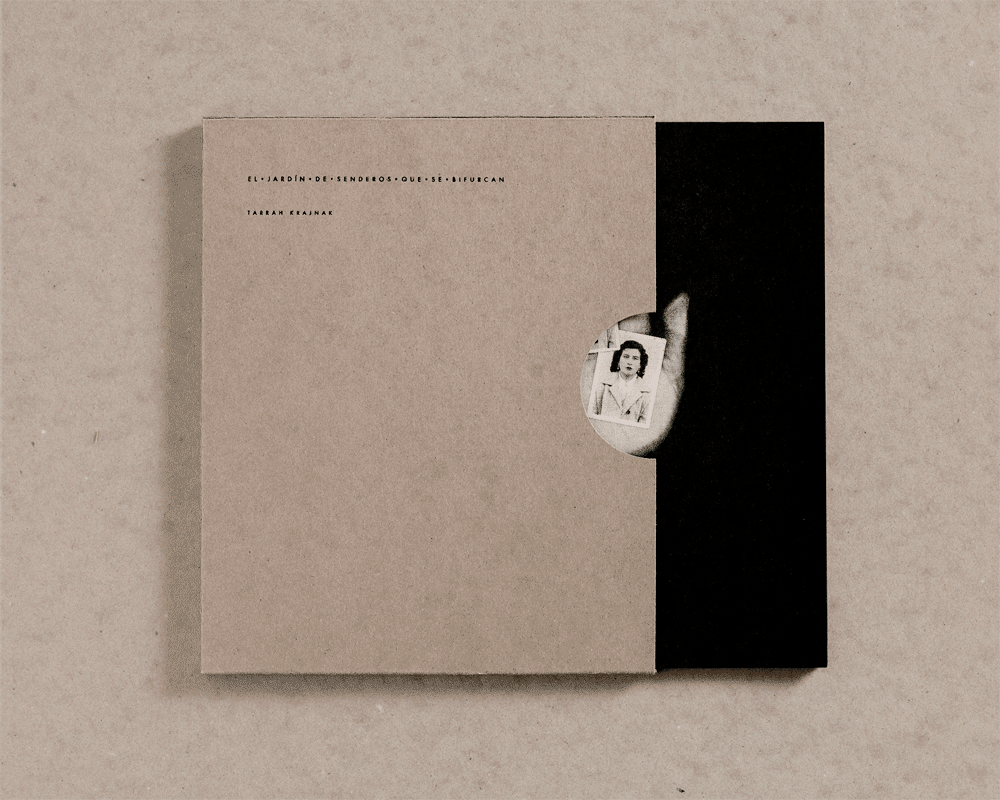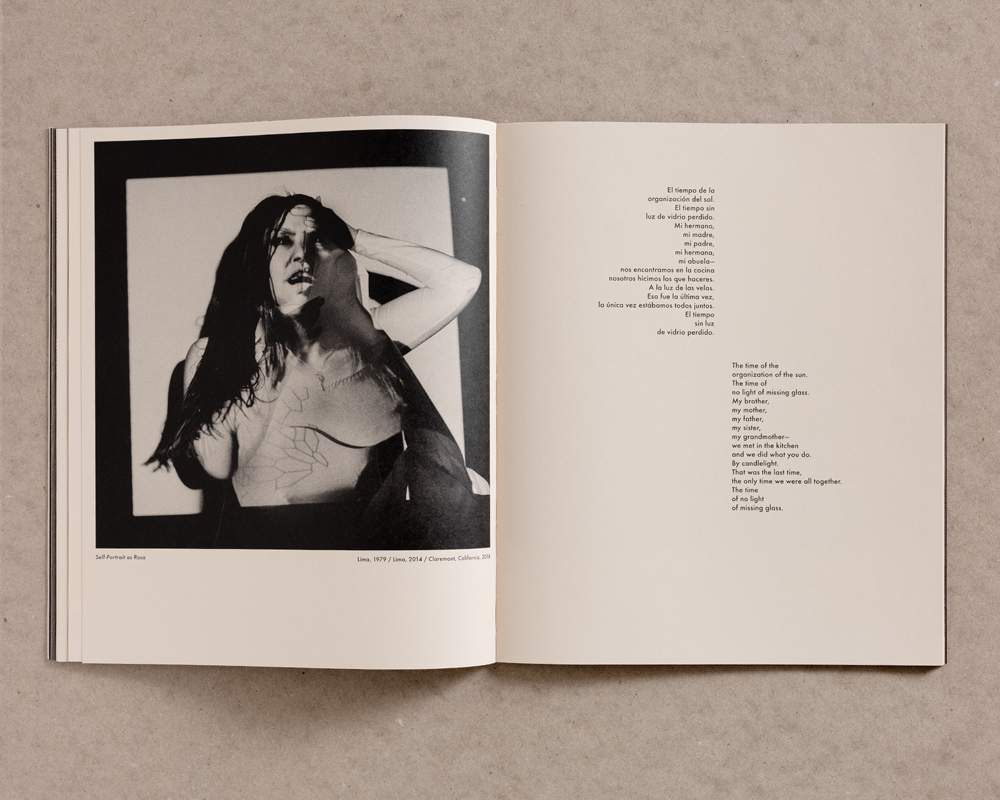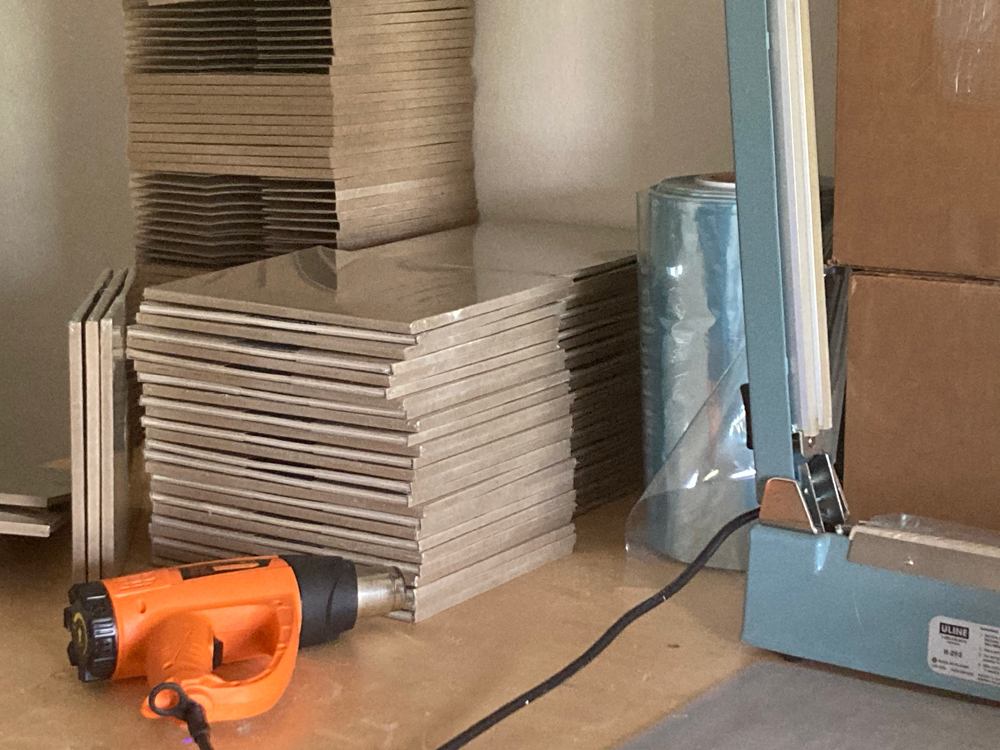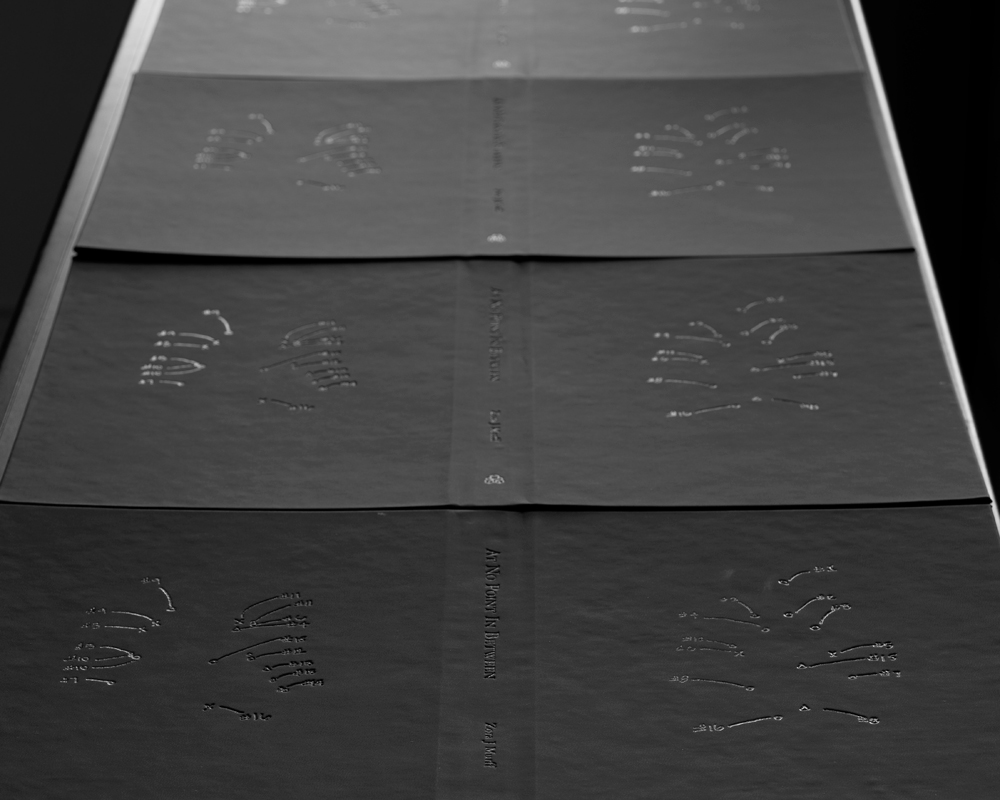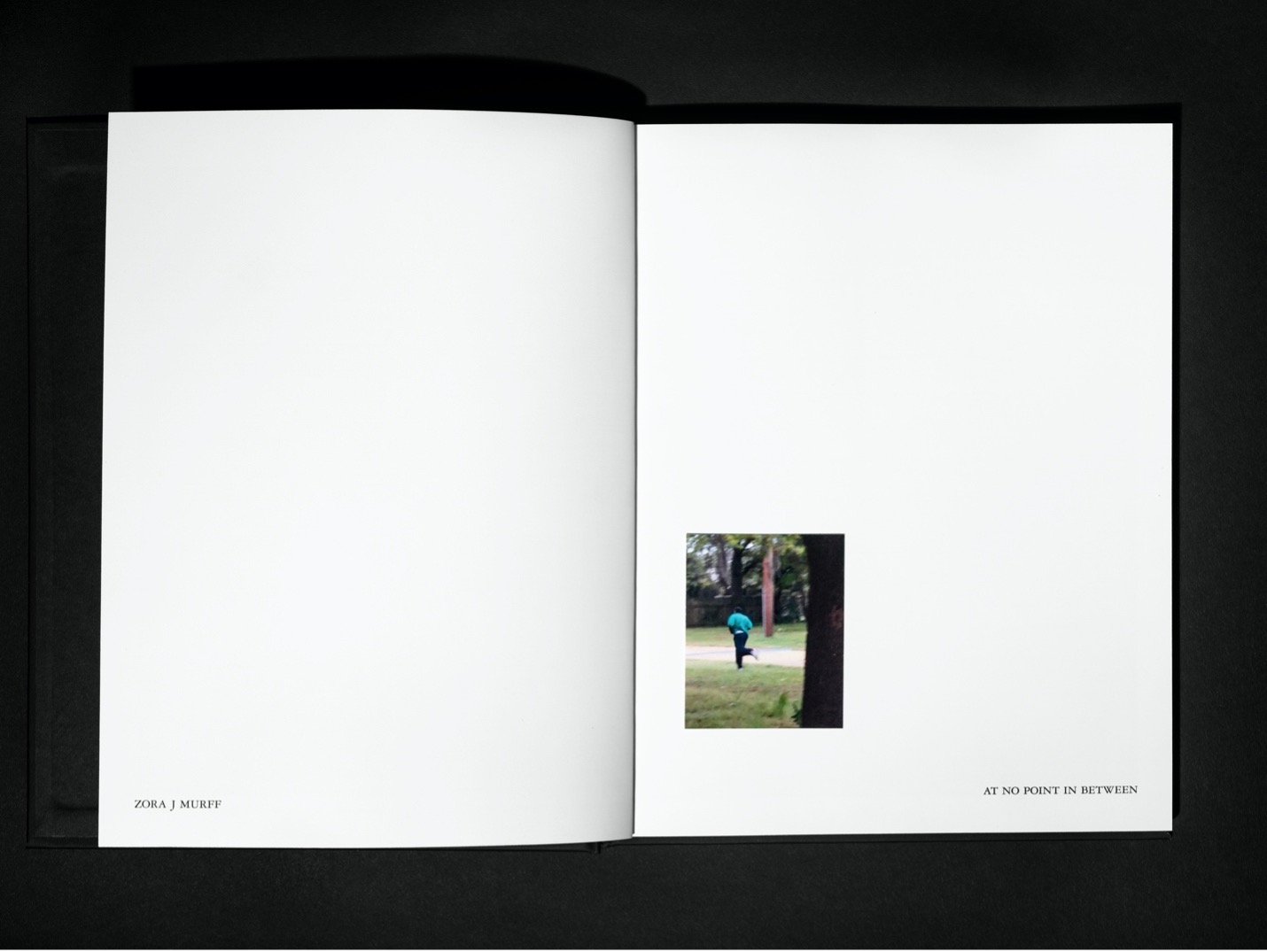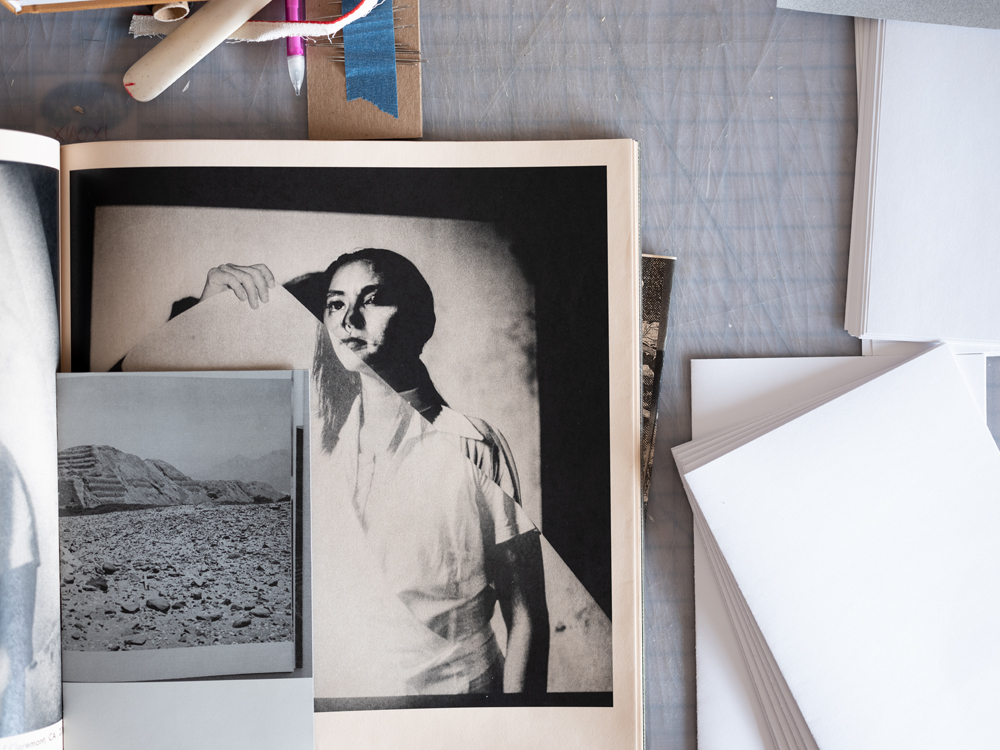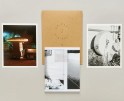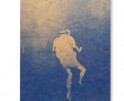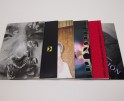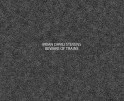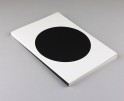Publisher’s Spotlight: Dais Books
This month is all about books on Lenscratch. In order to understand the contemporary photo book landscape, we are interviewing and celebrating significant photography book publishers, large and small, who are elevating photographs on the page through design and unique presentation. We are so grateful for the time and energies these publishers have extended to share their perspectives, missions, and most importantly, their books.
Dais Books is an independent publisher devoted to making artists’ books in small editions, often with handmade qualities. Each unique publication is a limited-edition object, stemming from an intimate and collaborative effort between artist and designers. Our aim is to showcase visual artists who are dedicated to experimenting with innovative methods of visual communication through a limited circulation of beautifully produced and highly collectible books. From its inception, Dais Books has been committed to raising the voices of artists who have traditionally been left on the periphery of the fine-art community by funding and hand producing a monograph of their work in direct collaboration with the artists themselves. From our staff to the artist’s and organizations Dais works with, we are fully committed to uplifting the voices of BIPOC, LGBTQIA+, and Womxn in Visual Art.
Follow Dais Books on Instagram: @daisbooks
 What was the first book you published, and what did you learn from that experience?
What was the first book you published, and what did you learn from that experience?
That is a great question, especially the second portion. The first book I am so honored to be involved with is Zora J. Murff’s At No Point In Between. From that experience, I learned that a truly collaborative and open relationship working with an artist to create a monograph of their work makes considered viewing experiences. I also learned how quickly a budget could expand when adding unique elements and how the timeline can shift when any part of the process is disrupted.
What is your mission as a publisher?
The Dais Books mission is to publish the work of underrepresented communities within visual arts culture, with specificity to photography. A second layer to this mission revolves around the physical object that gets produced. Dais titles are released on a limited basis because of the dedication that we (artist & publisher) have to honor every aspect of the book concerning the concept(s) in the work. Therefore, each book needs to be unique and represent the artist in the most earnest form possible.
How big is your organization?
Very small. I consider it more of a “collective” than an organization. It is just myself and the artists that I work with. We work together to get the book designed, then I take it and hand-produce the books. I am designer, binder, bookmaker, printer, shipping and packing department, social media manager, and accountant. It is a bit of work to manage all of these jobs, though it is a rewarding process in the end. That being said, I will be looking for help on the marketing side of things soon.
What are the difficulties that publishers face?
High production costs versus low sales price is always an issue, along with asserting the work that goes into handmaking every book. Specifically, that Dais titles are unique collectors’ items and different from a book produced entirely by machine. Dais also makes books as ethically as possible, which means that we are printing in the United States and using adult printers/binders that love what they do. Depending on where a book gets printed overseas, there is a possibility that young children will be assembling books using adhesives that release toxic gasses, which doesn’t sit well with me. I would rather have a higher price point or a little profit margin than being involved in that system.
Are there any publishing projects that have been particularly meaningful to you?
Since each book is such a collaboration, all projects have been and will be meaningful to me. Dais is truly a collaboration, and if there is no chemistry between all parties involved, it will not work out. Working with Zora and Tarrah has been such a pleasure, which makes the hundreds of hours of handmaking the books genuinely enjoyable.
What upcoming projects are you excited about?
All of them! Dais cannot and will not take on any project unless I believe in the artist 100%. Not only their practice as an artist but who they are as a human being. The following Dais titles will be Splitting Image from Eva O’Leary, OPEC from Sheida Solemani, along with a few other, yet to be announced artists, who I am excited to plug in the near future.
How many books do you publish a year, and how do you choose which projects to publish?
One to two books a year. Ideally, two books a year, though it is difficult to with COVID and teaching full time. I spend anywhere between twenty minutes to one hour handmaking each book – so I need one to two months of work time in a year (at forty hours a week) to handmake the editions. I have a folder of artists that inspire me and have a dynamic practice that I pull from when selecting an artist to work with. If a Dais published artist and I have not spoken about an artist I am genuinely considering working with; I will reach out to them to get their thoughts. I don’t want any Dais artist to have an issue with future published artists and find it essential to hear their perspectives.
Do you have a specific focus?
To work with artists with a clear vision in their work/process and have a strong sense of how their images exist within a physical environment. I love to look at installation shots of gallery exhibitions as well, how the photos are framed and spaced, what materials are being used, how scale is being used, how lighting is being employed, and how they view the work as a single body. It is also a plus to see an artist playing with any of the five senses outside of sight since books are sensory experiences.

Installation view of Tarrah Krajnak’s El Jardín de Senderos que se Bifurcan at Houston Center for Photography in 2018
How can an artist get their work in front of you? Do you have any advice for photographers?
Artists are always welcome to email submissions, though because of the intimacy of the imprint and the limited number of titles that can be produced, I would say that there is a small opportunity that collaboration will happen, at this time at least. If I can generate the revenue to hire assistance, then that will change.
My advice to photographers reaching out to publishers is subjective, but based on my experience as an artist reaching out to publishers and as a publisher myself. First, be careful of a publisher saying yes too quickly. Ask questions. Especially about who is funding production and what your expectations will be. You may be asked to spend 20,000 to 40,000 dollars on production, and not everyone has the financial backing to do so. If reaching out via email, send a brief work statement and a single PDF, either a digital book mock (in spreads, please) or single images. Keep the text brief, at a couple of sentences long. Make sure what is written supports the pictures but does not describe each photo in its exactness. If meeting at a review or in person, bring prints and/or a physical mock. A digital mock shown on a laptop or tablet device would also suffice. Some publishers prefer only to see single photos, so know some would prefer to look at single prints over a mocked book. I like to see a mock to understand how the artist is connecting the dots between images and materials.
Finally, if you are showing a mock, know that the design will change and grow if/when working with a publisher. If you are set in the design you have, just self-publish. It will be a lot of work, but you will have complete control.
What is the typical timeline of a project, from the beginning to the finished product?
At Dais, six months to one year. It could be slightly shorter or longer, depending on the design, printing schedule, writer’s need, and general life circumstances for artist and publisher. If I am designing a book to be self-published outside of, that time is a little shorter at three to six months, though there have been circumstances that extend beyond that time frame.
How collaborative is the design process with the artist?
Extremely collaborative. It isn’t difficult to design a book alone, though I do not like the power and responsibility to fall solely in my hands for many reasons.
First, the artist will learn about their work through continual discussion during the design process. It is incredible how things reveal to artist and publisher as the design progresses. Second, there are a lot of artists who are happy to have had a book published but are unhappy about particular aspect(s) of the book and/or process once it is produced. I don’t want an artist to walk away from our relationship with any regrets or wish things had changed. We talk (usually once a week) about how to idealize their book in a manner that I can produce. Before printing, we both need to be 100% happy. Lastly, I often speak to artists about their influences outside of photography to add different aspects of the self into their book. That could be something as simple as what music they were listening to when creating the work, what piece of cinema they respond to in its use of sequence, or what field notes they have from production.
How is the financial side of the project structured between publisher and artist? Does the artist contribute to production cost?
No, Dais funds the entirety of the production, including proofing. What Dais does not cover is the cost of a writer and/or copywriter. I aim to have all of the content ready and available when a collaboration starts. A book is like a puzzle, and it can be difficult to work on a design when you don’t have all of the content and know where the edges are.
What support do you give artists in terms of marketing or distribution? Do you attend book fairs?
Sadly Dais started right before COVID hit, so it has been challenging to attend in-person events. Dais was at Review Santa Fe in 2019 with Zora’s book and had copies available during the 2020 Virtual Assembly. I also met with Zora in Colorado for a signing. The problem is, books sell out quickly.
The intimacy and collectability of Dais titles are both positive and negative. Because of the nature of the imprint, creating small editions by hand, they sell quickly. However, costs to attend fairs can be up to $1,000 for a table, and more often than not, there is not enough stock left at the time of the fair to generate the table fee back. That is also (generally) more than half of the “profit” from an entire edition, without paying myself for the hundreds of hours that I put into designing and then handmaking books. In the future, I may move to a model where I am not handmaking books to focus more on outreach, though I am partial to continue to make them by hand. They just feel different.
Posts on Lenscratch may not be reproduced without the permission of the Lenscratch staff and the photographer.
Recommended
-
Publisher’s Spotlight: Smog PressJanuary 3rd, 2024
-
Publisher’s Spotlight: Kult BooksNovember 10th, 2023
-
Publisher’s Spotlight: ‘cademy BooksJune 25th, 2023
-
Publisher’s Spotlight: Brown Owl PressDecember 10th, 2022
-
Publisher’s Spotlight: DOOKSSeptember 26th, 2022

